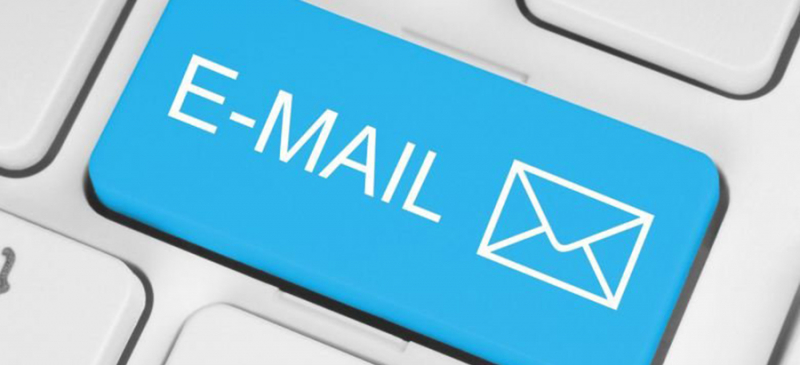Email marketing is one of the most effective tools for capturing leads and drawing the right attention to your business. This is true even for social-centric millennials and Gen Xers.

“Despite the rise of social messaging apps, 78 percent of teenagers use email,” says Sharon Hurley Hall of OptinMonster. “In fact, they consider email a ‘fact of everyday life.’ No matter what age group you are targeting or where they are located, email remains a great way to reach your audience.”
However, many email marketing campaigns simply miss the mark. The emails are boring, poorly designed, and overall ineffective.
There are some email design basics that you probably already know, like optimizing image size, coding responsive emails for mobile devices, adding images and text that gets your message across, and sending test emails ahead of time.
However, there may be a few more specific things you’re not doing that could make your emails more effective.
Prioritize Security
Consumers are more aware of email security problems than ever. In recent years, the media has highlighted some pretty serious security breaches, including the Target breach of 2013, the JP Morgan Chase breach in 2014, and the Equifax breach of 2017.
One of the most expensive and impactful breaches was Yahoo in 2013. More than three billion user email accounts were hacked, raising concerns about protecting personal information with email accounts.
As a small business, it’s vital that you take email security seriously. Many small businesses use Gmail as a free, useful tool for their business. However, Gmail is not naturally set up for the security features that businesses need. It’s pretty easy to employ email encryption for Gmail on each of your emails so that your customers don’t have to worry about their information being targeted or stolen.
Keep Things Simple
“In design, simplicity is the ultimate sophistication,” says Jessica Lunk of the CRM organization Hatchbuck. “The same applies to marketing and conversion optimization. The purpose of your emails is to deliver the message and get your audience to take action.”
Your design should reflect this, says Lunk. When consumers look at your email, they should know exactly what the purpose should be. Your call to action should stand out and be compelling enough to make your target audience click through to your website.
Use Images That Evoke Emotions
Images will make your email stand out in consumer inboxes, particularly if they’re high quality and relevant. They should also elicit positive emotion in potential customers.
Purchasing decisions are made based on emotion every day. As much as customers try to let logic drive their actions, they can’t help the feelings of connection, happiness, fear, or comfort that arise when considering a purchase.
Choose images that will make your customers feel something. Typically, you want your consumers to feel positive emotions, although mild fear or sadness can also be very effective at persuading people. Human faces, animals, inspirational images, nostalgic photos, and smiling people tend to be among the most effective at evoking emotion.
Beware of generating the wrong emotions in your customers. You don’t want to evoke the emotion of disgust, loathing, guilt, or loneliness. This will push your email customers further away.
Make Sure People Can See Your Images
After selecting emotions that will have an impact on your customers, make sure your customers will see them. More and more consumers (about 43 percent) are using image blockers on their email browsers.
“Images are an effective way to draw a subscriber in,” suggests an article from Next Scoop. “Subscribers notice an image, then skim the email headline. The combination of the image and the email headline hook them in. But, if subscribers can’t see the image, it won’t be effective.”
One of the best ways to combat this is to give users the option to view your email in their web browser where the images won’t be blocked. You might also include coding that allows users to see your images in their web browsers with the click of a button.
Competition is high in the email marketing game, but you don’t have to fall behind. You have what it takes to create more compelling marketing emails as long as you’re willing to put in the work to do so.





